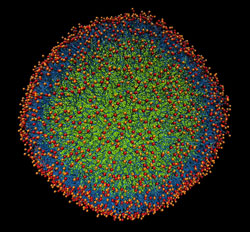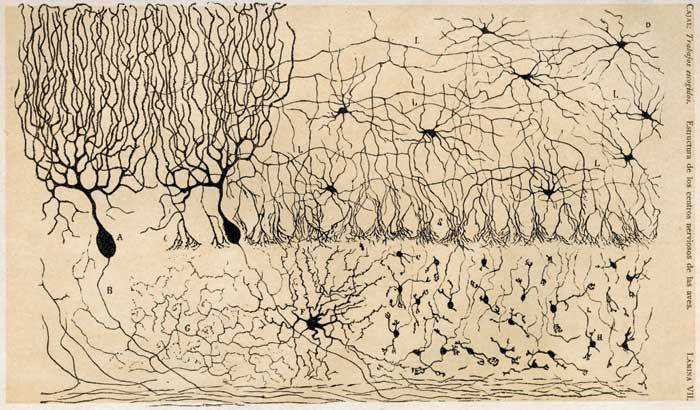 |
| Dr. Jenny Reardon introducing her talk |
For my third event, I attended a talk presented by Dr. Jenny
Reardon, entitled “The Postgenomic
Condition: Justice, Knowledge, Life After the Genome.” Dr. Reardon is a
professor at UC Santa Cruz whose research focuses on how questions about
identity, justice, and democracy can be found integrated within scientific
ideas and practices, especially in genomic research during the modern era. Her
talk was based on a book that Dr. Reardon herself authored, entitled The
Postgenomic Condition: Ethics, Justice, Knowledge After the Genome, which examined
science and society following the Human Genome Project. Both her book and talk sought
to analyze what it means to have sequenced the entire human genome,
particularly concerning questions about value and justice that were raised after
reaching this milestone achievement.
Dr. Reardon began her
talk by introducing her latest book, as well as her 2005 book Race to the Finish: Identity and Governance
in an Age of Genomics, which examined the genetic meaning of race. She also
defined what she meant by the “postgenomic condition,” explaining that after
the Human Genome Project, our thinking about the meaning of our genes and the
genomic differences between humans changed. Although the Human Genome Project
resulted in a wealth of information, now the problem lies in making meaning out
of this information and how we should understand and use it. As Craig Venter
describes this challenge, “Watson argued that our goal was to work out the
sequence and let future generations of scientists worry about understanding it”
(Venter 110). Thus, Dr. Reardon seeks to analyze the state of our contemporary
condition and how we should aim to move forward.
 |
| Dr. Reardon speaking about an image of chromosome 1 |
Part of Dr. Reardon’s
talk that I found particularly interesting was her description regarding one of
the images in her book that illustrated how complex genetic sequencing can be.
Dr. Reardon explained that the image depicted thousands of reads of a part of
chromosome 1 that was associated with autism. She likened sequencing this
segment to the arduous task of putting together a puzzle with one million
pieces that are all purple. Thus, Dr. Reardon explained that by sequencing, one
essentially adds barcodes to each of the short reads so they can be
distinguished and put back together. This characterization of genetic
sequencing reminded me of how science is essentially art, as well as how
artistic imagery can be applied to gain an understanding of science. As Thomas
Kuhn describes, science can be thought of as puzzle-solving, and sequencing in
particular offered genomic puzzles (Kuhn 36).
Dr. Reardon
described several studies and projects, such as the International HapMap
Project, as examples of the attempts made to solve these puzzles and the
challenges faced in the process. In essence, the “trouble concerns the fact
that the ‘truths’ of the modern scientific world view … will no longer lend
themselves to normal expression in speech and thought” (Arendt 3-4). Sequencing
data is difficult to understand, and adding to that obstacle is the fact that
thinking about the human genetic sequence is closely tied to ideas about human
differences, race, and labeling. In the end, Dr. Reardon emphasized the difference
between speech and talk, delineating that what we need is not talk about genetics, but rather speech. While talk implies a one-sided
delivery, speech requires interactions with those who are different from you,
thereby fostering collectiveness and togetherness. This distinction was
intriguing to me, as I had always considered talk and speech to mean the same
thing, but Dr. Reardon’s call to action imbued my understanding of these activities
with new context. I am glad I had the opportunity to attend this talk, as it
not only related to my interest in genetics, but also expanded my perspective
on how we can make sense of and speak about this complex topic as humans.
 |
| Selfie with Dr. Reardon answering audience questions in the background |
References
Kuhn, Thomas S. The Structure of Scientific Revolutions. Chicago, IL, The University of Chicago Press, 1962.
Reardon, Jenny. The Postgenomic Condition: Ethics, Justice, Knowledge After the Genome. Chicago, IL, The University of Chicago Press, 2017.
Venter, Craig. A Life Decoded: My Genome, My Life. New York, NY, Penguin Group, 2007.








